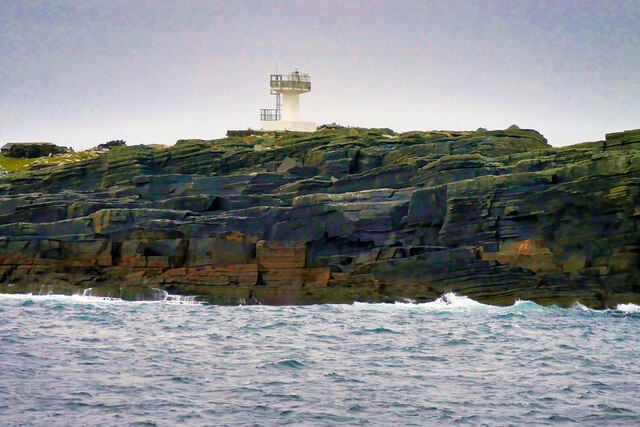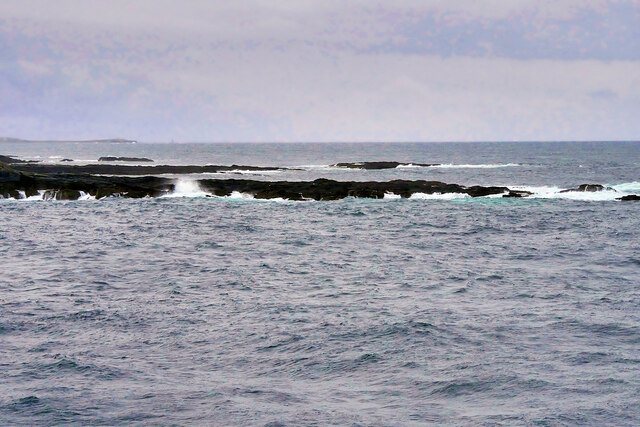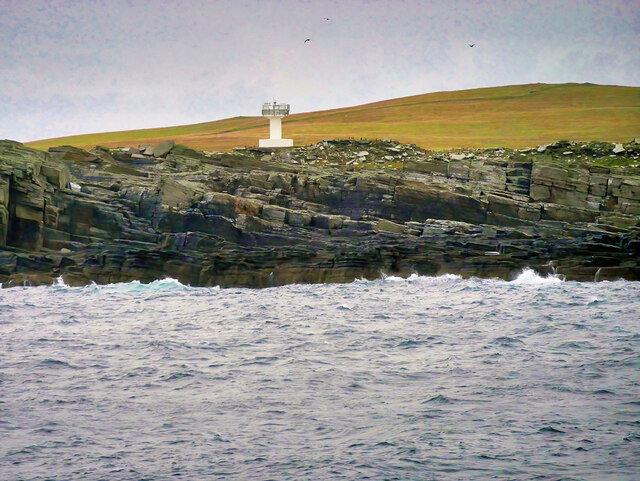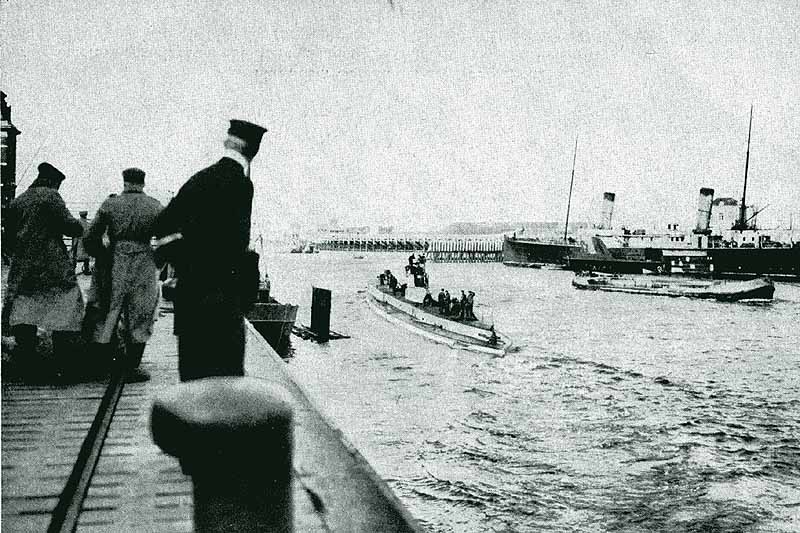Tring Geos
Coastal Feature, Headland, Point in Orkney
Scotland
Tring Geos
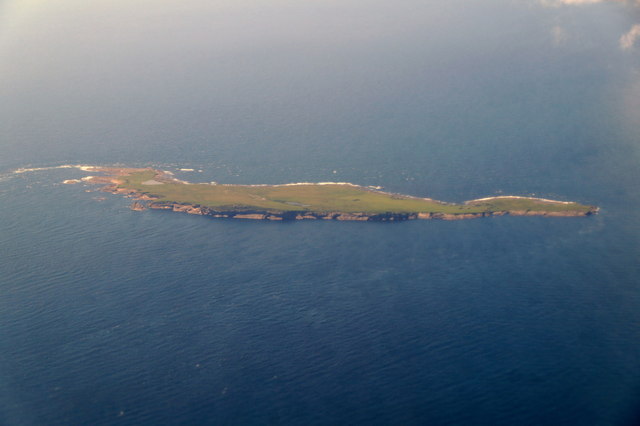
Tring Geos is a prominent coastal feature located in Orkney, an archipelago situated off the northeastern coast of Scotland. Specifically, it is a headland or point that juts out into the North Atlantic Ocean. Tring Geos is renowned for its striking cliffs and rugged terrain, making it a popular destination for tourists and nature enthusiasts alike.
The headland stands at an impressive height, with its cliffs soaring up to 100 meters above sea level. These cliffs are composed of sedimentary rocks, displaying a variety of colors and textures, which have been weathered and shaped by the relentless force of the ocean waves over centuries. The geological formations found at Tring Geos offer a unique glimpse into the region's ancient past.
In addition to its geological significance, Tring Geos also boasts a rich biodiversity. The headland provides a habitat for various bird species, including puffins, fulmars, and guillemots, which nest on the cliffs during breeding season. Seals can also be spotted lounging on the exposed rocks, while dolphins and whales occasionally grace the waters surrounding the headland.
Visitors to Tring Geos can enjoy breathtaking panoramic views of the surrounding coastline, with the rugged cliffs stretching as far as the eye can see. The headland is easily accessible by foot, with well-maintained trails leading to various viewpoints. It is advisable, however, to exercise caution while exploring Tring Geos, as the cliffs can be steep and slippery, especially during inclement weather.
Overall, Tring Geos is a magnificent coastal feature that combines natural beauty, geological significance, and diverse wildlife. Its dramatic cliffs and panoramic vistas make it a must-visit destination for those seeking a truly awe-inspiring experience in Orkney.
If you have any feedback on the listing, please let us know in the comments section below.
Tring Geos Images
Images are sourced within 2km of 58.739355/-3.0658287 or Grid Reference ND3884. Thanks to Geograph Open Source API. All images are credited.
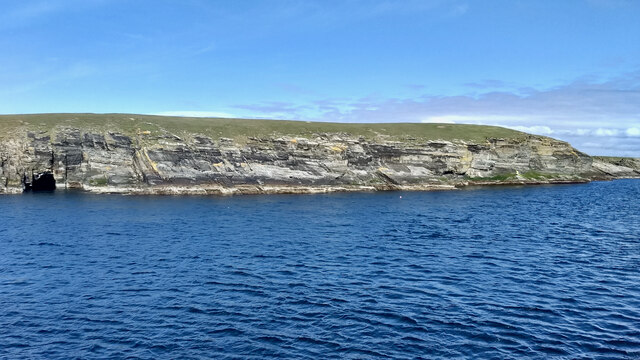
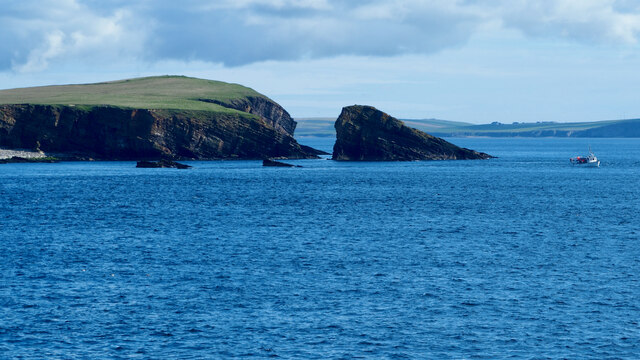
![Warbister Hill Site of a possible building, an enclosure, a quarry, and a modern triangulation pillar; see “Swona, Warbister Hill | Canmore.” 2021. Canmore.org.uk &lt;<span class="nowrap"><a title="https://canmore.org.uk/site/347495/swona-warbister-hill" rel="nofollow ugc noopener" href="https://canmore.org.uk/site/347495/swona-warbister-hill">Link</a><img style="margin-left:2px;" alt="External link" title="External link - shift click to open in new window" src="https://s1.geograph.org.uk/img/external.png" width="10" height="10"/></span> &gt; [accessed 7 June 2021]](https://s1.geograph.org.uk/geophotos/06/86/06/6860697_42cec7a5.jpg)
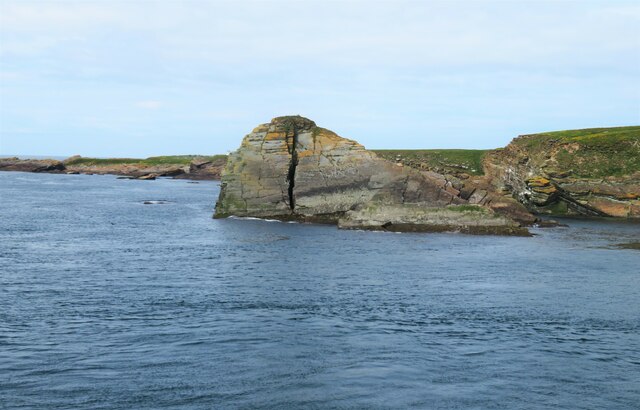
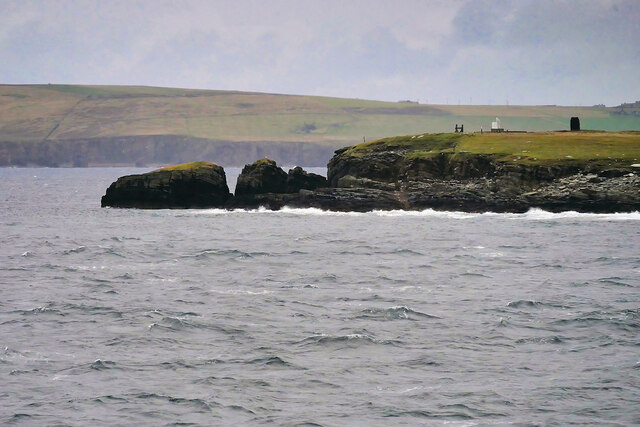
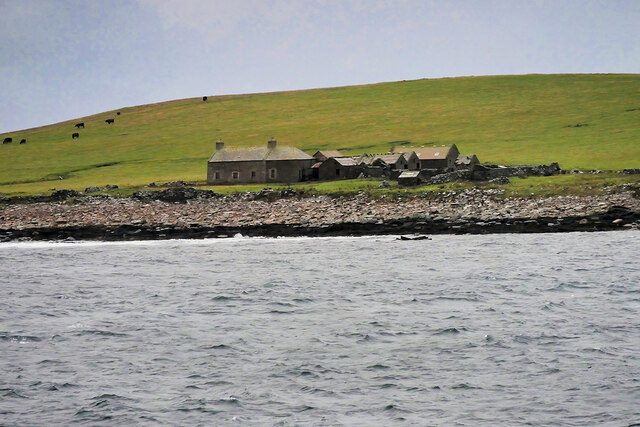
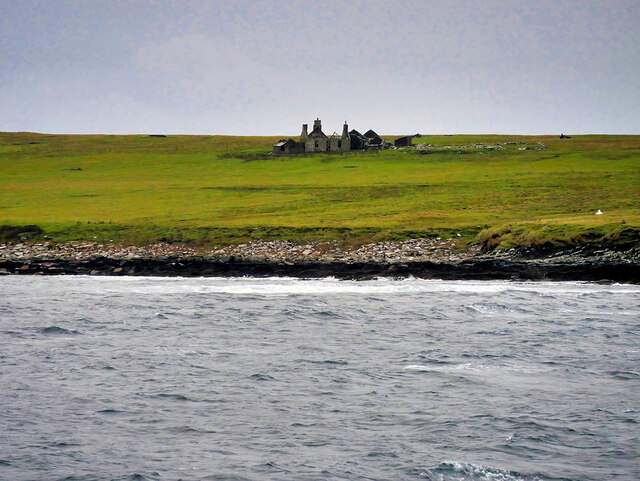
Tring Geos is located at Grid Ref: ND3884 (Lat: 58.739355, Lng: -3.0658287)
Unitary Authority: Orkney Islands
Police Authority: Highlands and Islands
What 3 Words
///excellent.sinkhole.statement. Near St Margaret's Hope, Orkney Islands
Nearby Locations
Related Wikis
Swona
Swona is an uninhabited privately owned island in the Pentland Firth off the north coast of Scotland. It has a herd of feral cattle resulting from the...
MV Cemfjord
The Cemfjord was a Cyprus-registered cargo ship which foundered in the Pentland Firth off the north-east coast of Scotland on 2 January 2015. Built as...
SM U-29 (Germany)
SM U-29 was a Type U-27 U-boat of the Imperial German Navy. She served during the First World War. U-29's last commander was Captain Otto Weddigen. U-29...
Burwick, Orkney
Burwick () is a small harbour on the island of South Ronaldsay in the Orkney Islands, Scotland. It is the closest Orkney harbour to the Scottish mainland...
Nearby Amenities
Located within 500m of 58.739355,-3.0658287Have you been to Tring Geos?
Leave your review of Tring Geos below (or comments, questions and feedback).
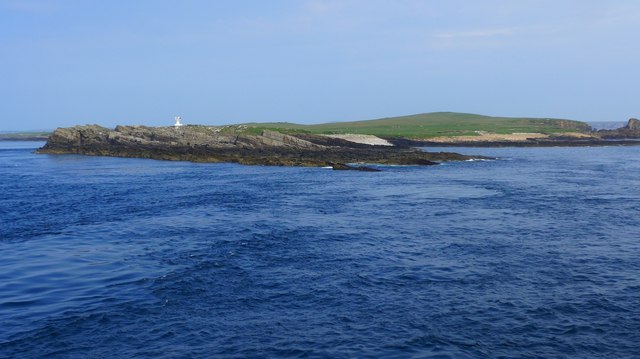
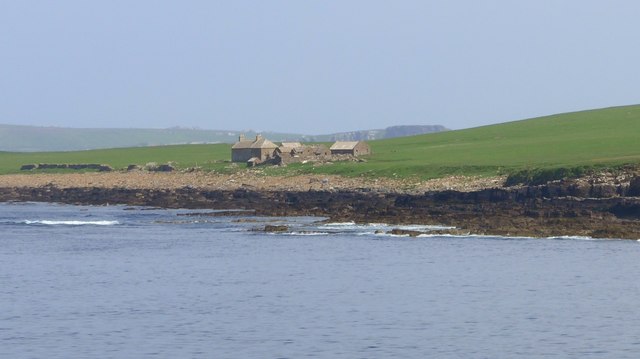
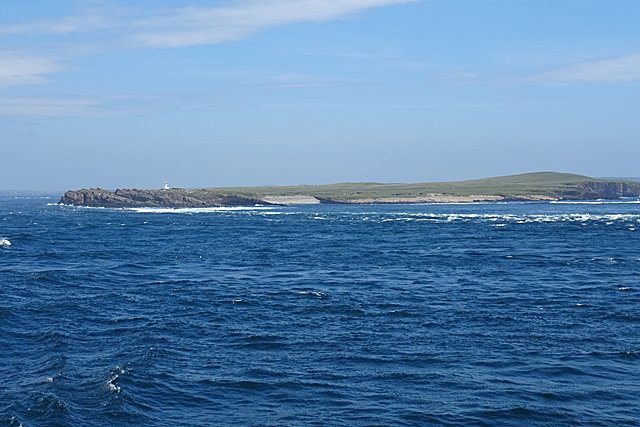
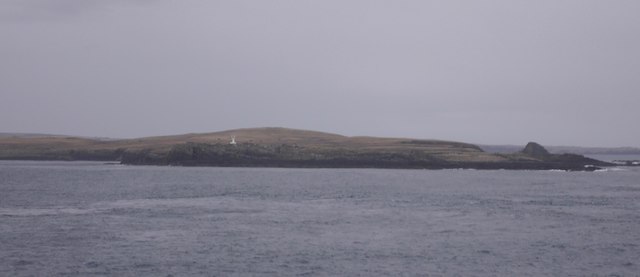
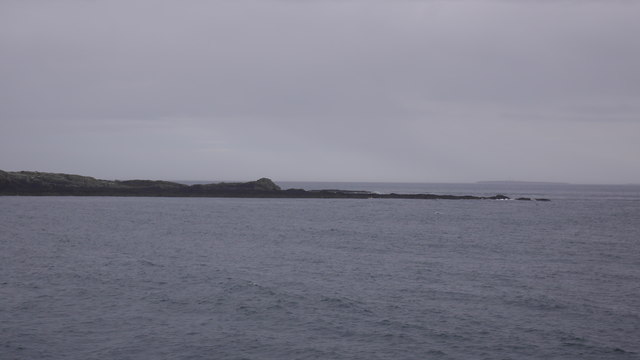
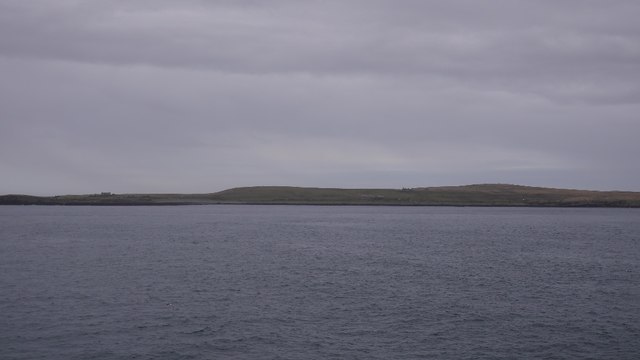
![The Haven Seems to be the main access onto the now un-inhabited island. See “Swona, the Haven | Canmore.” 2021. Canmore.org.uk &lt;<span class="nowrap"><a title="https://canmore.org.uk/site/347498/swona-the-haven" rel="nofollow ugc noopener" href="https://canmore.org.uk/site/347498/swona-the-haven">Link</a><img style="margin-left:2px;" alt="External link" title="External link - shift click to open in new window" src="https://s1.geograph.org.uk/img/external.png" width="10" height="10"/></span> &gt; [accessed 7 June 2021]
For the farmstead behind see “Swona, Norhead | Canmore.” 2021. Canmore.org.uk &lt;<span class="nowrap"><a title="https://canmore.org.uk/site/345421/swona-norhead" rel="nofollow ugc noopener" href="https://canmore.org.uk/site/345421/swona-norhead">Link</a><img style="margin-left:2px;" alt="External link" title="External link - shift click to open in new window" src="https://s1.geograph.org.uk/img/external.png" width="10" height="10"/></span> &gt; [accessed 7 June 2021]](https://s3.geograph.org.uk/geophotos/06/86/07/6860703_6e889d80.jpg)
